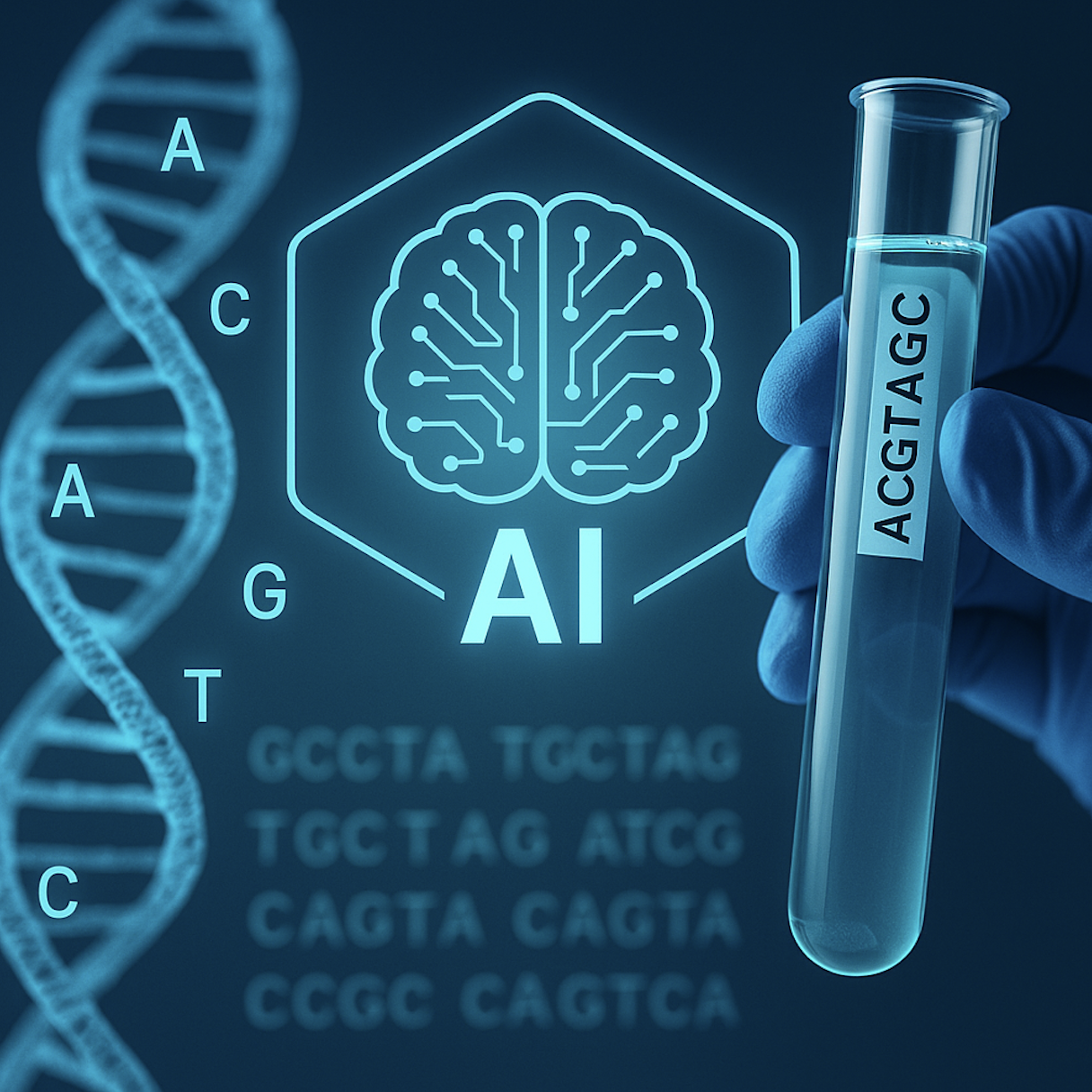In a shift that parallels the rise of large language models in computing, a new generation of AI systems trained specifically on biological data is redefining how we design life. These models can now generate custom proteins, enzymes, and even DNA sequences based on nothing more than a natural language description—dramatically accelerating and democratizing access to biological engineering.
Where once the design of synthetic genomes required years of training, wet-lab validation, and iteration, researchers are now typing prompts like: “a protein that blocks a specific receptor in pancreatic cancer cells” or “a DNA switch responsive to a low-oxygen environment”—and receiving viable candidates in seconds. This merging of computational language and biological function is more than a novelty; it is a fundamental reconfiguration of synthetic biology workflows.
From Code to Codons: How AI Generates Biology
These AI tools are based on transformer architectures similar to those used in advanced natural language models, but instead of generating text, they generate amino acid sequences, codon-optimized DNA, or molecular interaction maps. Models like ESMFold, ProGen2, and emerging proprietary engines combine protein structure prediction with generative modeling, enabling them to create new molecules that conform to biological constraints.
More recently, “bio-language” models have begun to incorporate multi-modal training—pairing protein sequence data with 3D structural outputs, binding data, and even phenotype annotations. This enables context-aware generation, where a user’s text prompt isn’t just converted into random sequences, but biologically meaningful candidates filtered by likely stability, solubility, and binding affinity.
By translating intent into biology, these tools remove friction from innovation and expand participation in synthetic biology—no molecular biology PhD required.
Applications Across Synthetic Biology and Medicine

The ability to generate functional sequences from descriptive text opens unprecedented possibilities:
1. Custom Therapeutics
AI can be used to generate cell-specific peptides, protein scaffolds, or immune-modulating compounds tailored to individual patients or cancer subtypes. Text-based interfaces allow for high-throughput therapeutic exploration without first-principle modeling.
2. Enzyme Engineering and Biomanufacturing
AI-generated enzymes can be optimized for performance in harsh industrial conditions—such as extreme pH, temperature, or solvent environments—accelerating the development of green chemistry pipelines and low-cost biofactories.
3. Synthetic Genomes and De-Extinction
By generating genetic elements that approximate extinct sequences—or simulate how genomes might evolve in new conditions—AI could assist in reconstructing lost species or resurrecting extinct traits. This brings new dimensions to de-extinction initiatives and conservation genomics.
4. Biosensor and Circuit Design
Designing genetic circuits with transcriptional logic or environmental sensitivity can now be initiated via natural language. This makes biosensor development, once a niche area, more accessible and scalable.
Risks and Unknowns
While the capabilities are expanding rapidly, so too are the ethical, safety, and governance concerns. AI models may hallucinate unstable or toxic sequences, or inadvertently suggest designs with dual-use implications (e.g. bioweapons precursors). Moreover, black-box generation raises questions of traceability and reproducibility. How do we vet and validate molecules designed by a nonhuman system?
Regulatory frameworks are not yet equipped to handle AI-generated biology. Current biosafety regimes are built for organisms and chemicals created by humans—not for digital organisms written by neural networks. There is a pressing need to develop biosecurity protocols and screening layers that can analyze AI-generated content for risk and misuse.
Strategic Potential for R&D and Evaluation
As AI-native biology tools mature, they present a strategic opportunity for early evaluation and selective adoption in multiple areas:
- Rapid prototyping of biomaterials and lab reagents
- Computational screening of therapeutic scaffolds
- Complementary support in de-extinction modeling or conservation genetics
- Integration with programmable matter for logic-encoded biological functions
These systems may also prove valuable in building internal knowledge graphs of sequence-function relationships, supporting closed-loop R&D and augmenting experimental planning.
Organizations with a strong foundation in life science and computational infrastructure will be best positioned to evaluate these models critically—balancing their speed and creativity with rigorous scientific review and real-world constraint.
Outlook: Biology as Interface
What natural language did for software, it may now do for biology. With these new AI tools, biology becomes a writable interface—no longer requiring molecular literacy, only biological intent. This transition signals a fundamental change in how life is engineered: from laborious gene editing to fluent biological writing.
The challenge going forward will not be whether we can write genomes with prompts—but how responsibly, securely, and meaningfully we choose to do so.
